Home>Ideas and Tips>Essential Tools For A Beginner Gardener
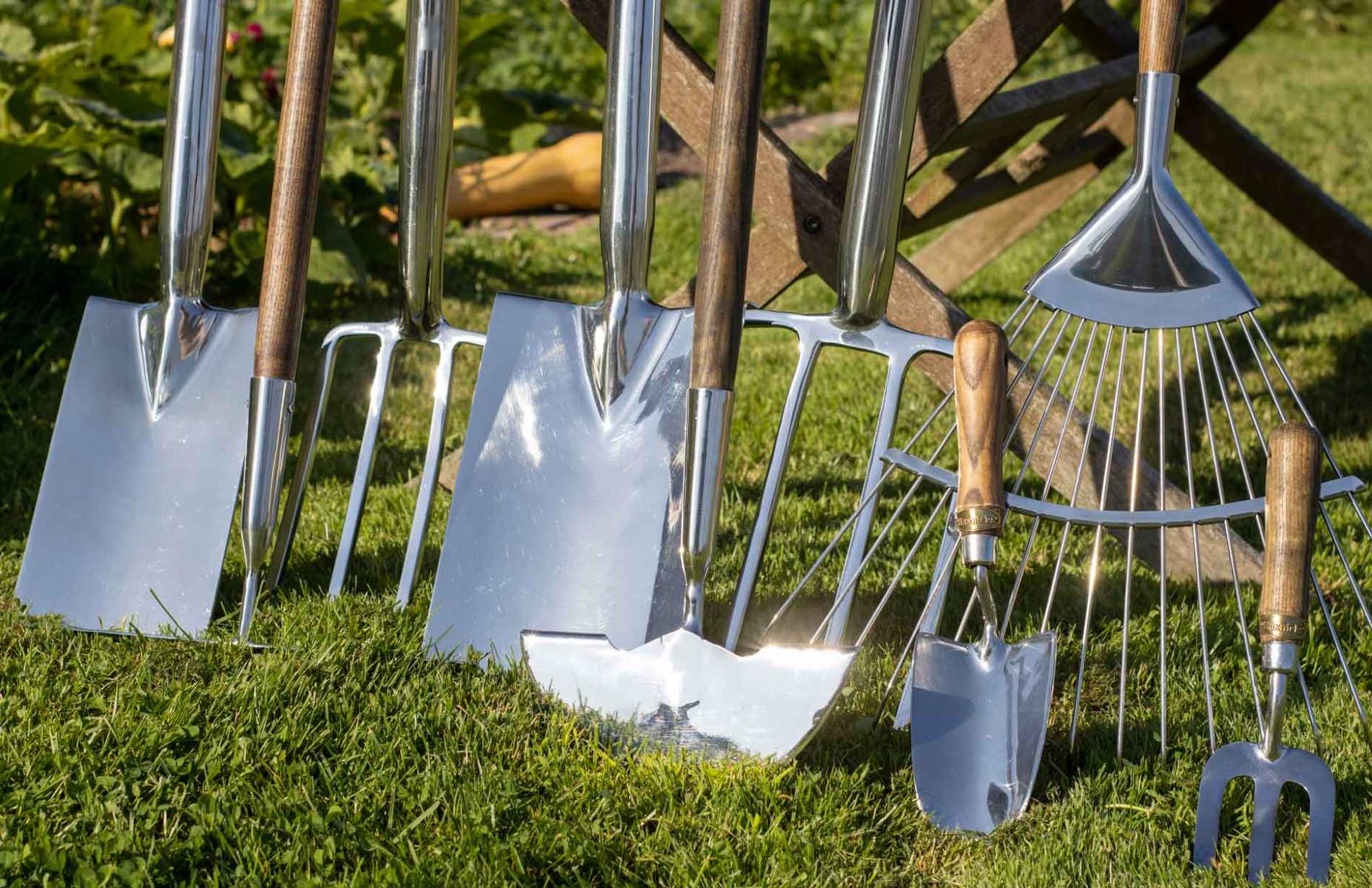

Ideas and Tips
Essential Tools For A Beginner Gardener
Published: November 1, 2024
Discover the must-have tools for beginner gardeners. Learn about essential gardening tools to kickstart your gardening journey with ease.
(Many of the links in this article redirect to a specific reviewed product. Your purchase of these products through affiliate links helps to generate commission for Storables.com, at no extra cost. Learn more)
Starting a garden can be an incredibly rewarding experience, but it requires the right tools to ensure success. Whether you're planting flowers, vegetables, or herbs, having the essential gardening tools will make your journey smoother and more enjoyable. In this article, we'll delve into the must-have gardening tools for beginners and provide insights on how to use them effectively.
1. Hand Trowel
A hand trowel is one of the most versatile and essential tools in any gardener's arsenal. It features a flat metal blade that is perfect for precise tasks like planting, transplanting, and weeding. The trowel simplifies digging holes for plants and removing stubborn weeds from your garden beds.
When selecting a hand trowel, consider the following:
- Blade Size: Choose a trowel with a broad blade for moving more soil or a long, narrow blade for digging up weeds in rocky soil.
- Handle Comfort: Ensure the handle fits comfortably in your hand to avoid fatigue during extended use.
- Material: Opt for trowels forged from stainless steel or at least with a stainless steel head, as they are more durable and will last longer.
Read more: 11 Best Kids Gardening Sets for Beginners
2. Pruning Shears
Pruning shears, also known as hand pruners or secateurs, are indispensable for trimming and shaping shrubs, flowers, and small branches. They play a crucial role in maintaining your plants' health and appearance.
When choosing pruning shears:
- Blade Quality: Look for sharp blades that can cut through thick branches with ease.
- Handle Comfort: Ensure the handle is comfortable to hold and doesn't slip during use.
- Type: Decide between bypass pruners (cutting around the branch) and anvil pruners (cutting against a flat surface) based on your specific needs.
3. Garden Gloves
Gardening can be tough on your hands, especially when handling soil, plants, or thorny branches. Investing in high-quality garden gloves that fit well and provide adequate protection is essential.
When selecting garden gloves:
- Material: Choose gloves made from durable materials like leather or synthetic fabrics.
- Fit: Ensure the gloves fit snugly to prevent dirt and debris from entering.
- Protection: Look for gloves with reinforced palms and fingers to protect against thorns and sharp objects.
4. Garden Fork
A garden fork is designed for digging and turning over soil, making it ideal for preparing garden beds and improving soil aeration – essential for the health of your plant roots.
When choosing a garden fork:
- Tine Type: Forks with a slight curve to the spines are useful for scooping mulch or turning compost piles, while straight tines are better for digging into compacted, rocky, or clay soil.
- Handle Comfort: Opt for forks with ergonomic handles that have a non-slip grip to reduce strain on your back.
5. Garden Hoe
A garden hoe is an invaluable tool for weeding, cultivating the soil, and creating furrows for planting seeds. Select one that suits your specific needs from the variety available.
When selecting a garden hoe:
- Blade Type: Weeding hoes (also called hula or stirrup hoes) have an open square head and are pushed back and forth just under the soil surface to cut down top growth. Flat hoes are good for turning the soil in rows in vegetable gardens.
- Handle Length: Choose a hoe with a comfortable handle length that allows you to work efficiently without straining your back.
6. Watering Can or Hose
Proper watering is crucial for plant growth. Depending on the size of your garden, choose either a watering can or a garden hose with a nozzle attachment for efficient watering.
When selecting a watering can or hose:
- Watering Can: Opt for a can with a long spout to reach all areas of your garden without bending.
- Hose: Choose a hose with a nozzle attachment that allows you to adjust the water flow and reach every corner of your garden.
7. Garden Rake
A garden rake serves multiple purposes, including leveling soil, removing debris, and preparing the ground for planting. It's an essential tool for maintaining a neat and orderly garden.
When selecting a garden rake:
- Tine Type: Rakes come in various styles and sizes, but a standard leaf rake is a great starter. Adjustable rakes do the job of more than one tool, reaching into narrow areas or gathering large piles of leaves.
- Material: Opt for rakes with steel tines, which are stronger but may be rougher on delicate lawns than plastic tines.
8. Wheelbarrow
Transporting soil, mulch, plants, and other heavy items around your garden becomes effortless with a wheelbarrow. It reduces strain on your back and enhances overall gardening efficiency.
When selecting a wheelbarrow:
- Size: Choose a wheelbarrow that fits comfortably in your garden space and can hold the necessary amount of material.
- Material: Opt for wheelbarrows made from durable materials like steel or plastic.
9. Garden Pruner (Loppers)
Garden pruners, or loppers, are larger cutting tools used for trimming thicker branches and shrubs. They are instrumental in maintaining the shape and size of your plants.
When selecting garden pruners:
- Blade Quality: Look for sharp blades that can cut through thick branches with ease.
- Handle Comfort: Ensure the handle is comfortable to hold and doesn't slip during use.
- Type: Decide between bypass loppers (cutting around the branch) and anvil loppers (cutting against a flat surface) based on your specific needs.
Read more: How To Start An Indoor Garden For Beginners
10. Garden Kneeler or Pad
Gardening often involves kneeling or sitting on the ground, which can be uncomfortable. A garden kneeler or pad provides cushioning and support for your knees, making extended gardening sessions more pleasant.
When selecting a garden kneeler or pad:
- Material: Opt for kneelers made from durable materials like foam or rubber.
- Design: Choose kneelers with adjustable straps that fit comfortably around your knees.
Additional Tools
While the above tools are essential for any beginner gardener, there are a few more tools that can be very useful:
Hori-Hori Knife
The Hori-Hori knife is an excellent tool for weeding, planting, and cutting. Its versatility and ease of use make it a favorite among gardeners. It can be attached to your belt or carried with a cord through its handle for easy access.
Bucket
A bucket is useful for collecting clippings and debris, making cleanup easier. It's also handy for carrying water or other gardening supplies.
Sharpening Tools
Many beginners overlook the importance of maintaining sharp tools, which can make gardening tasks more efficient. A set of files and file handles are recommended to keep your tools sharp.
Garden Hose
A garden hose ensures that you can water your garden thoroughly, reaching every corner if you’re watering by hand. It's also useful for washing off tools and cleaning the garden area.
Optional Tools
Optional tools include:
- Wheelbarrow: Helpful for moving soil, compost, or garden waste around your garden.
- Shovel, Snips, Twine/Bamboo Sticks: For digging, cutting, and supporting tall plants.
- Sun Hat and Sunscreen: Protect yourself from the sun, especially important in gardening to avoid sunburn.
- Garden Bed: A good starting point for organizing your plants and making maintenance easier.
- Drain Spade: Recommended for easier digging, especially in tough soil conditions like clay.
Conclusion
With the right gardening tools at your disposal, you'll be well-prepared to create and maintain a vibrant garden. Remember to clean and maintain your tools regularly to ensure their longevity and effectiveness. Armed with this knowledge, you can nurture your garden and watch it thrive. Happy gardening!
Tips for Beginners
- Start Small: Begin with a small garden and gradually expand as you gain experience.
- Read Instructions: Always read the instructions provided with new tools to understand their proper use.
- Keep Tools Sharp: Regularly sharpen your tools to ensure they perform efficiently.
- Protect Yourself: Wear protective gear like gloves and sunscreen to avoid injuries.
- Experiment: Don't be afraid to experiment with different tools and techniques to find what works best for you.
By following these tips and investing in the essential gardening tools outlined above, you'll be well on your way to becoming a successful gardener. Happy gardening
Was this page helpful?
At Storables.com, we guarantee accurate and reliable information. Our content, validated by Expert Board Contributors, is crafted following stringent Editorial Policies. We're committed to providing you with well-researched, expert-backed insights for all your informational needs.
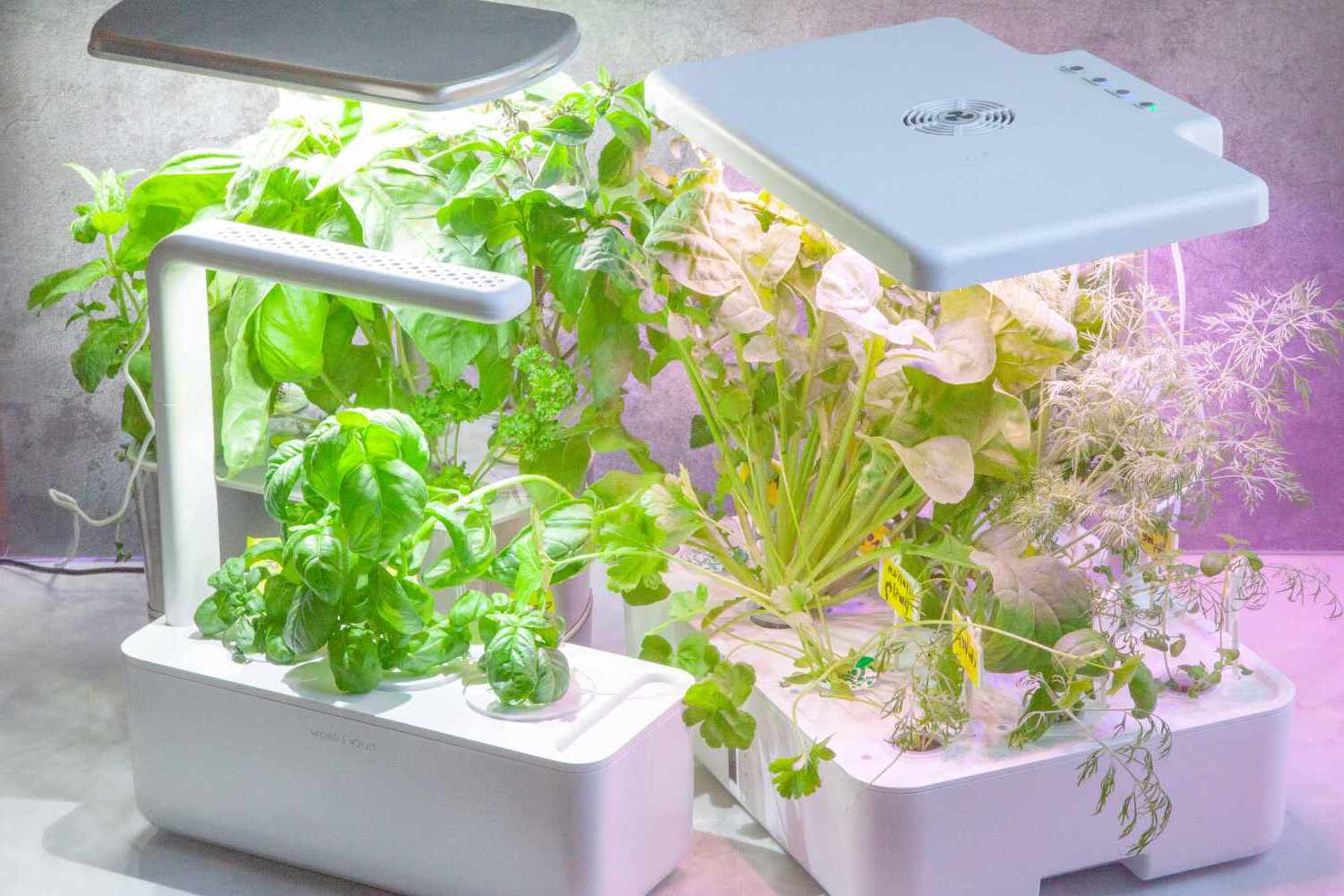
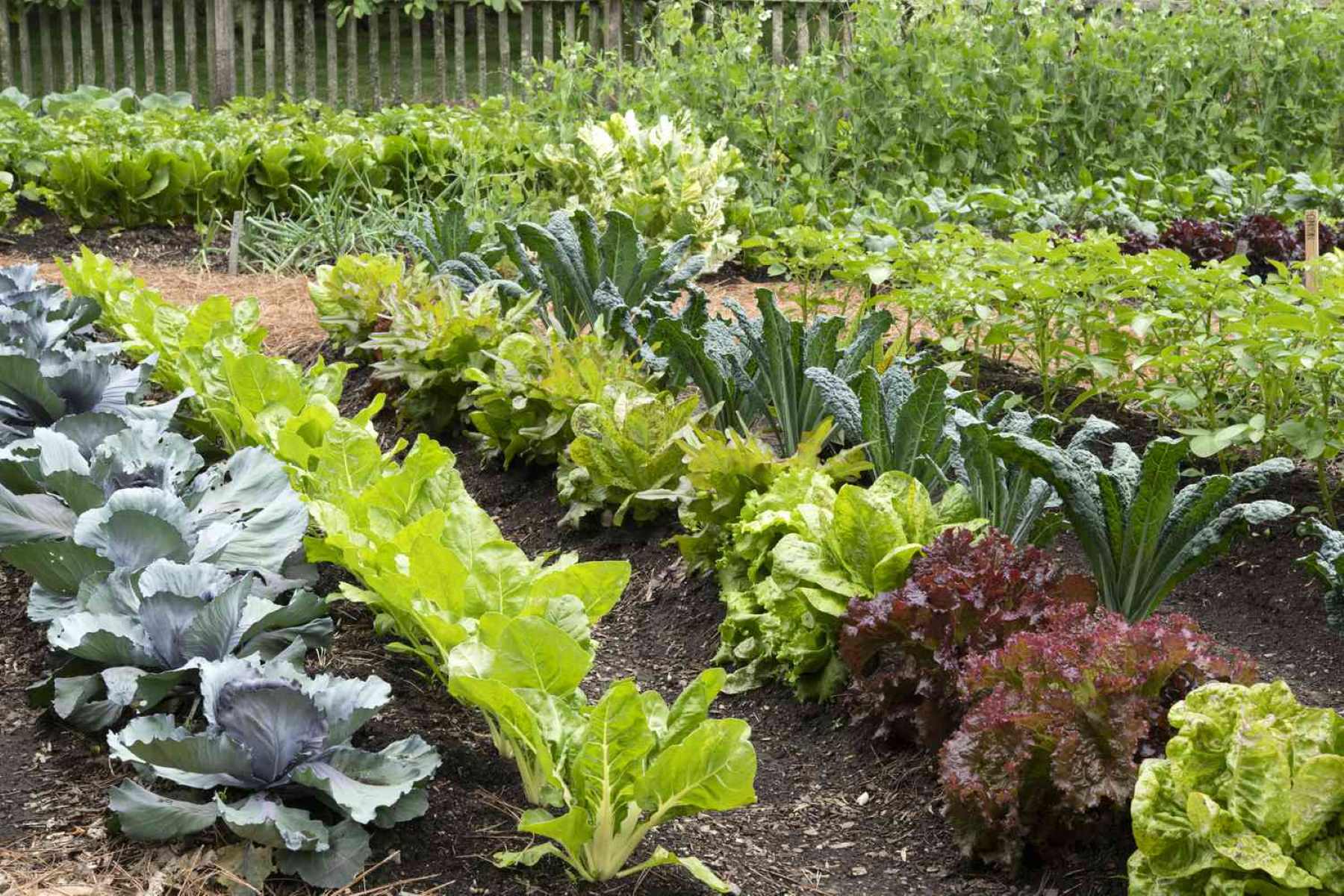
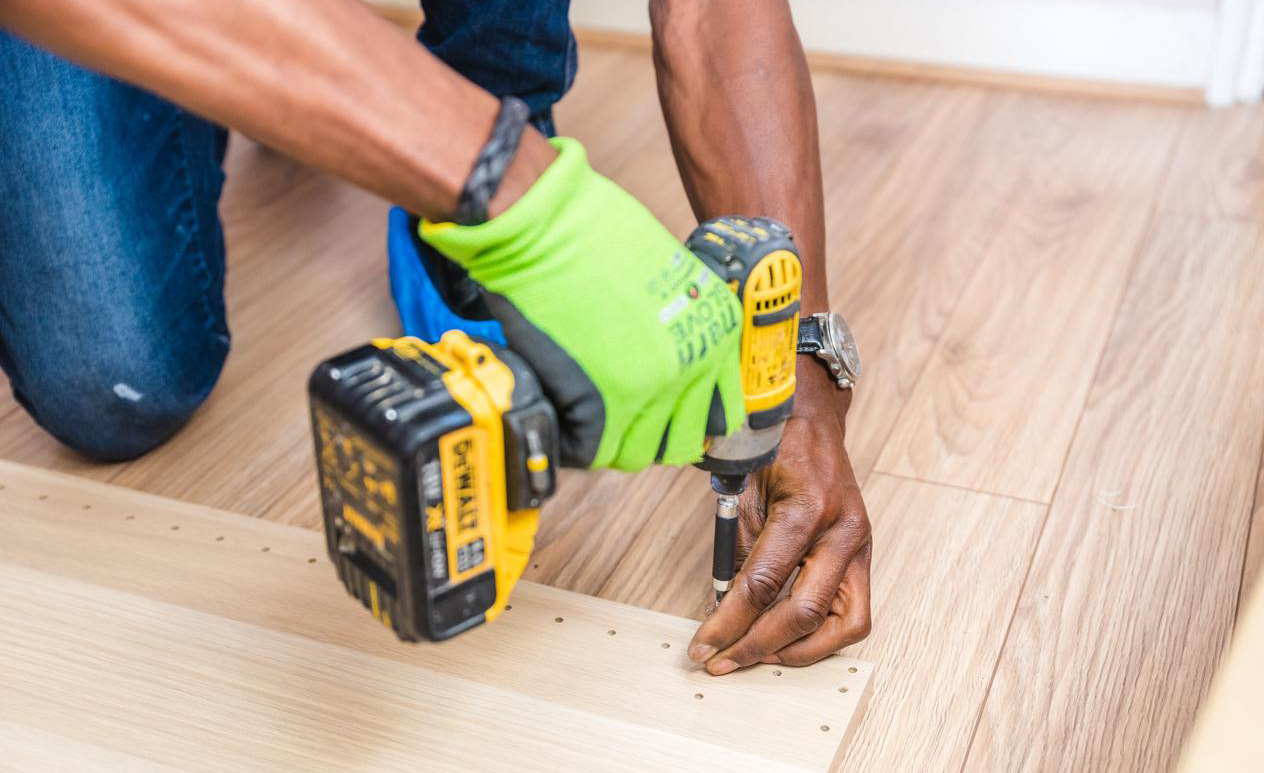
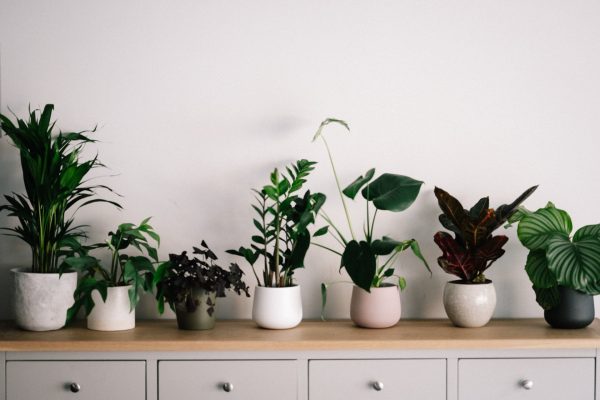
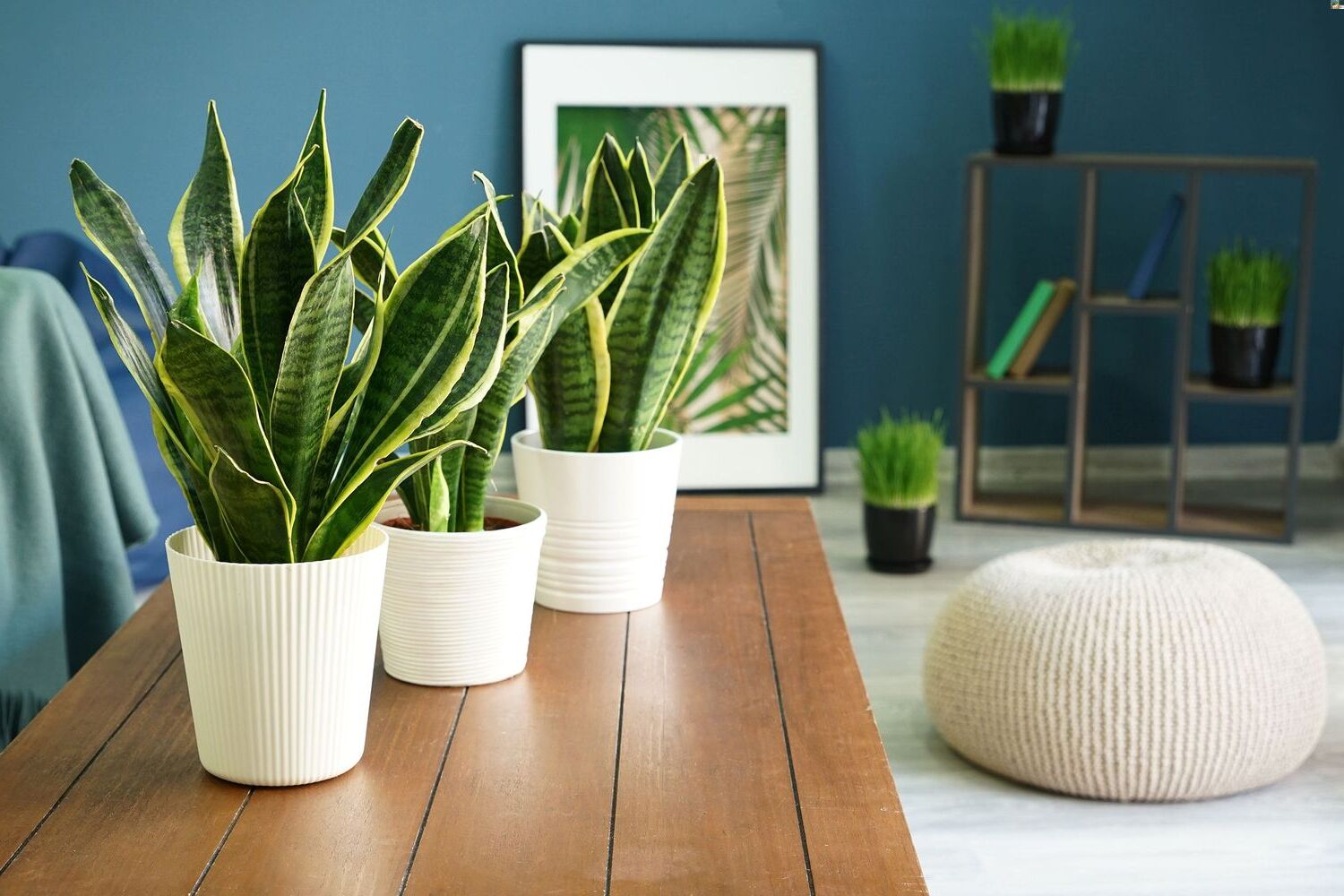

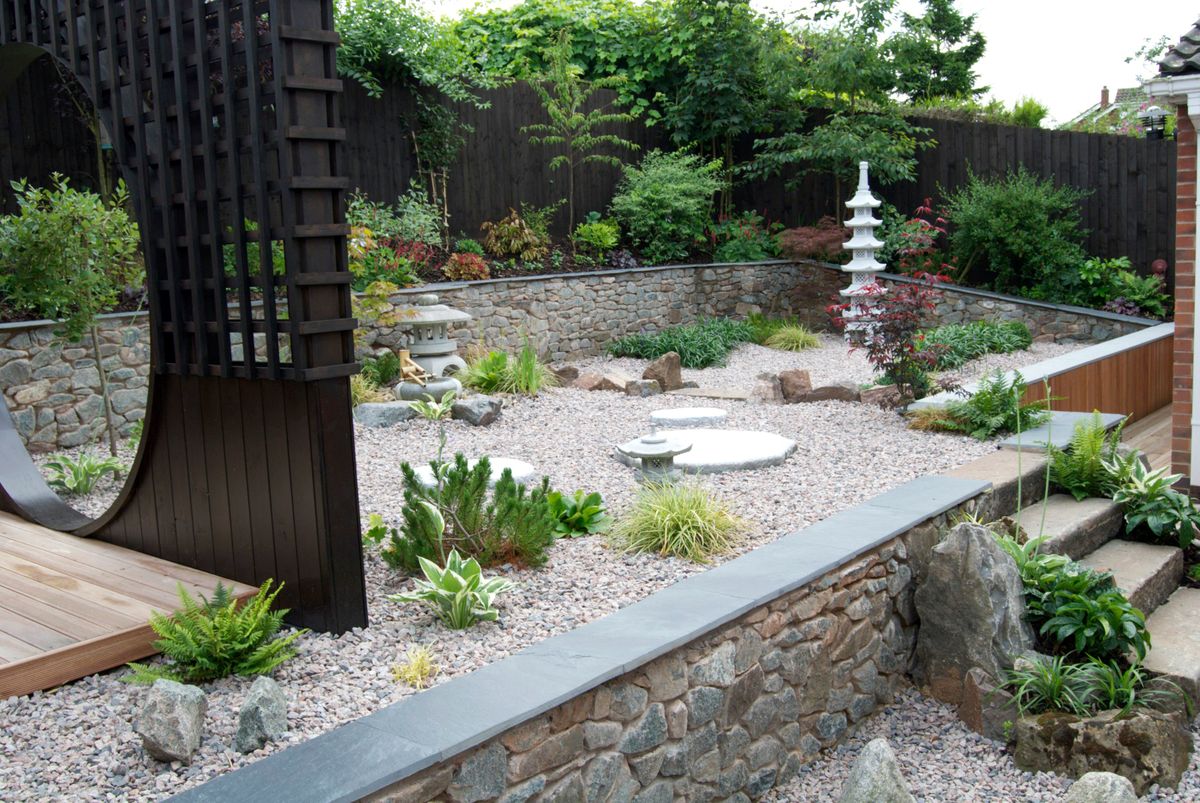

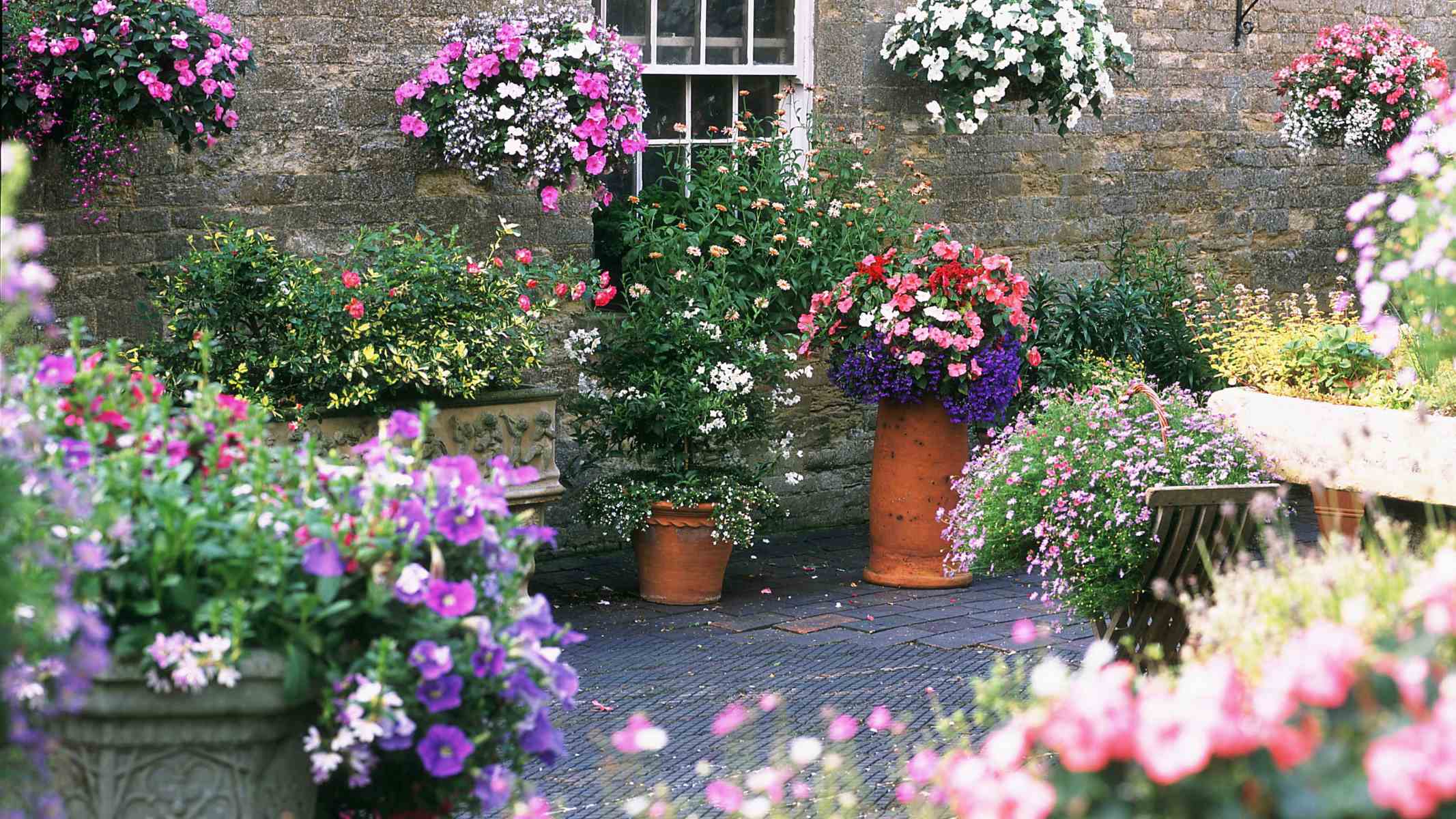
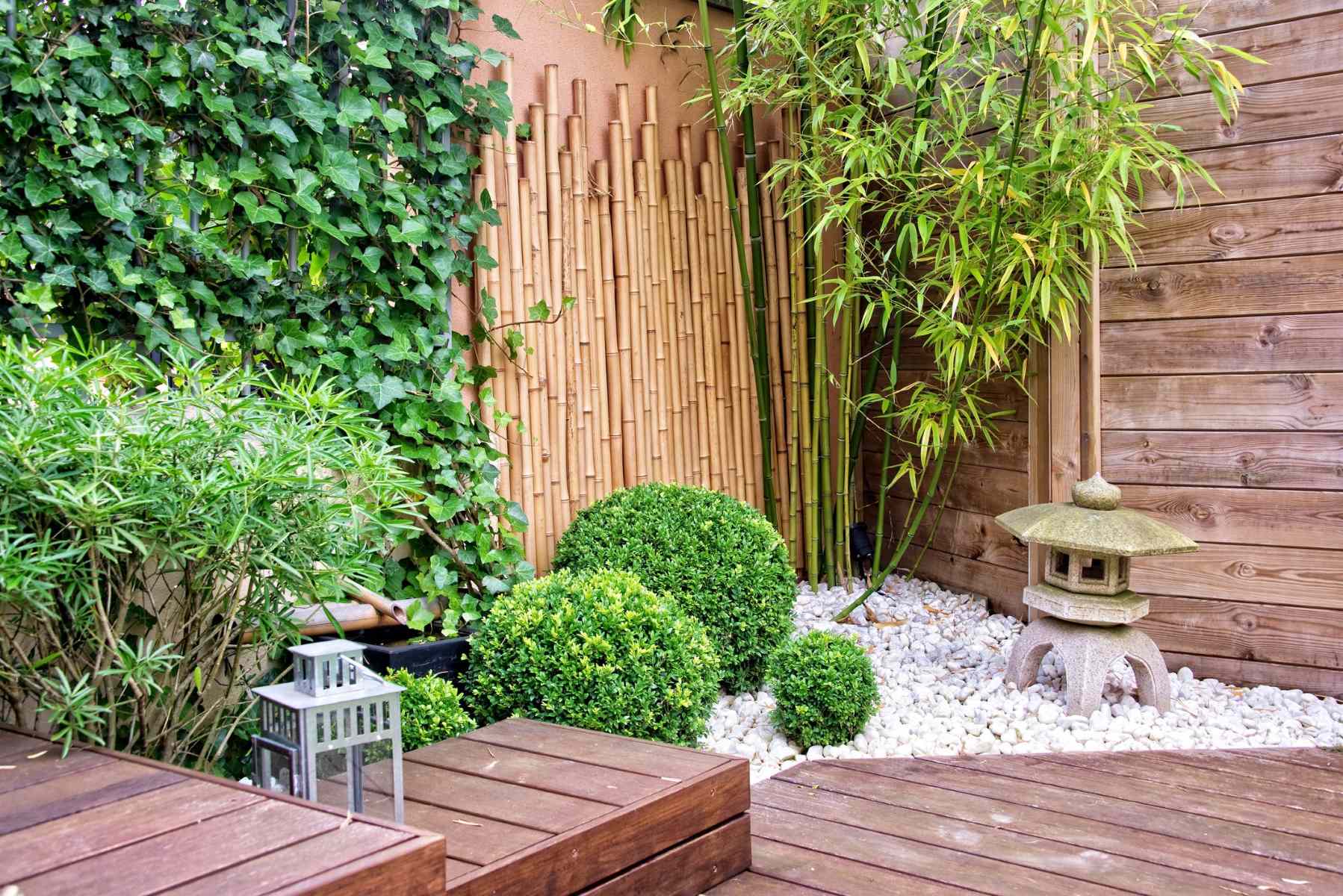
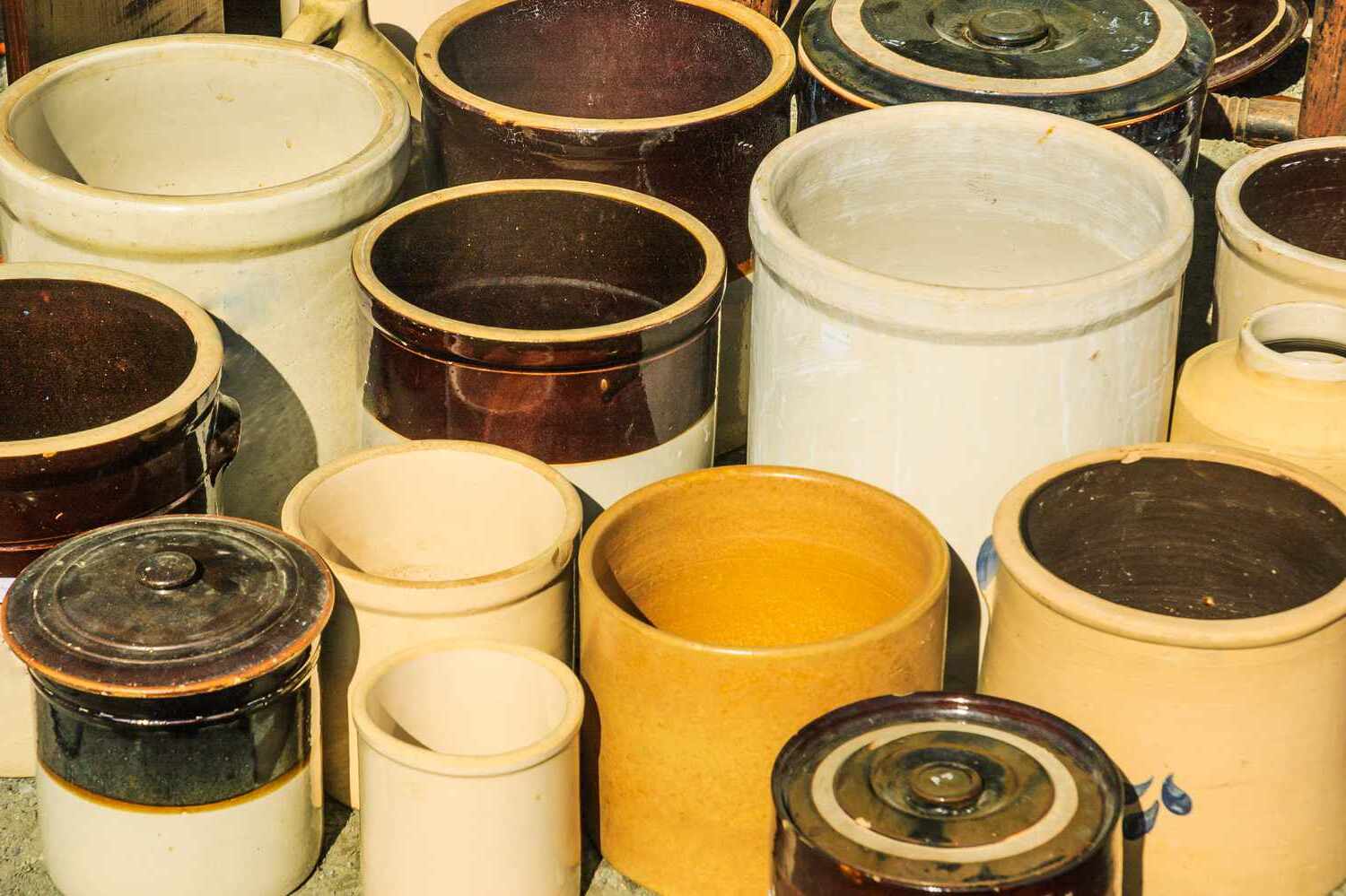

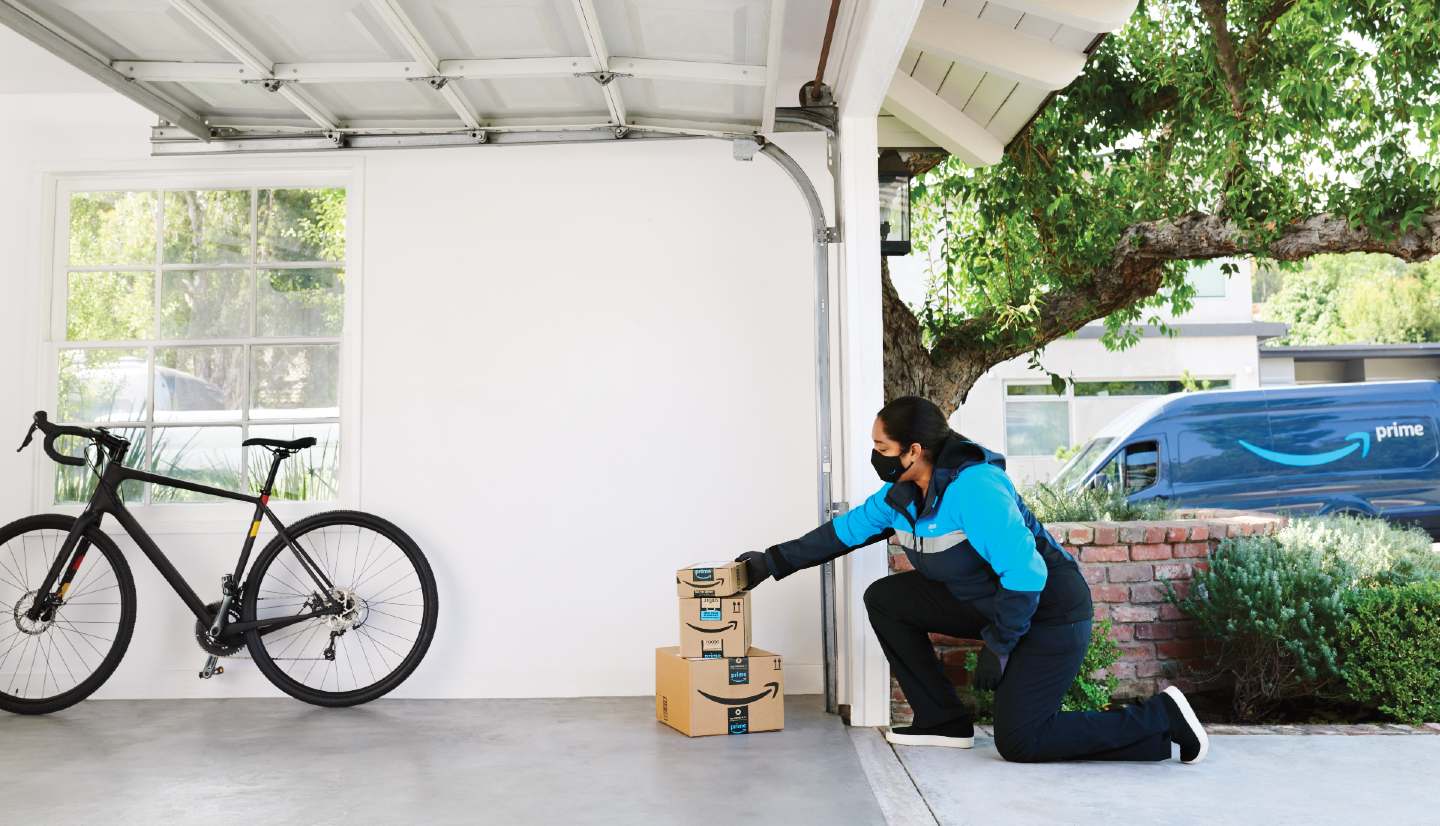

0 thoughts on “Essential Tools For A Beginner Gardener”